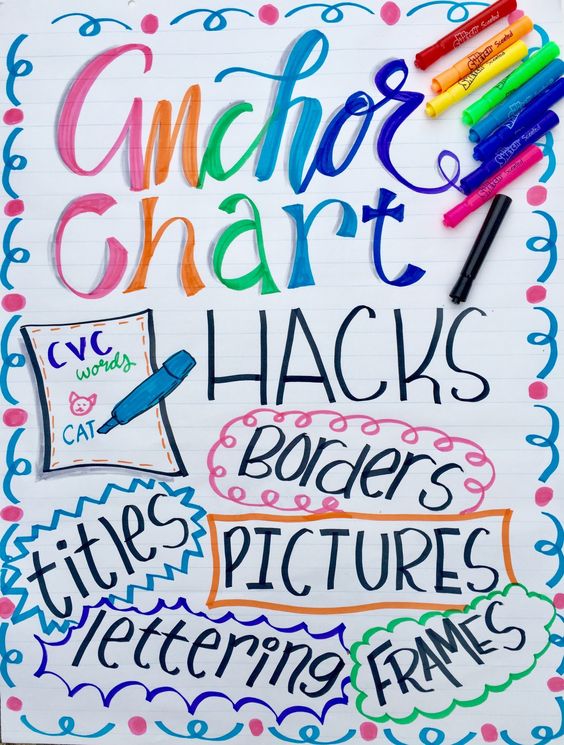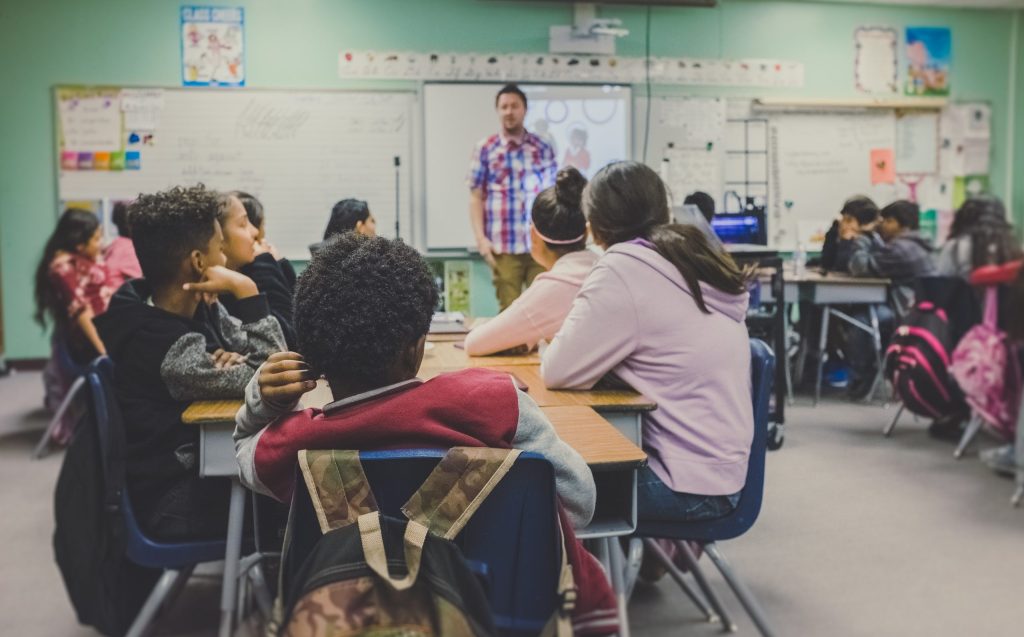What are edges?
An edge is where two faces on a shape come together. In 2D shapes, edges are the lines between each vertex. 3D shapes, they’re the lines that separate each face. You can see the edges of things in real life all the time. Take buildings, for example; you can walk around the edge of a building to count how many it’s got
Edges on 2D shapes
On 2D polygons, edges are the line segment on the boundary, joining one vertex (corner point) to another.
The fantastic thing about the edges of a 2D shape is that we can work out the perimeter of the figure. It is easy and can be done quickly. All you have to do is measure the shape’s sides and add them together. It gives you the perimeter of the figure. Told you it was easy!
Edges on 3D shapes
In 3D shapes, the edges separate the different faces of the figure.
Working out a 3D shape’s perimeter is a different process. First, you have to measure all the edges individually. For example, a cube would have 12 edges. Then you multiply the length of each edge by how many edges. Let’s say each cube’s edge is 12 cm in this case. That means we’d have to do 12 x 12, which equals 144 cm.
How many edges do shapes have?
Here is a list of shapes and how many edges they have. Before you read the answers, try guessing how many edges each figure has.
- Semi-circle: 2 (one straight and one curved)
- Circle: 0
- Triangle: 3
- Quadrilaterals: 4
- Pentagon: 5
- Hexagon: 6
- Heptagon: 7
- Octagon: 8
- Nonagon: 9
- Decagon: 10
What about 3D shapes? How many edges do they have? Here’s another list of how many edges 3D shapes have.
- Hemisphere: 1
- Cone: 1
- Tetrahedron: 6
- Square-based pyramid: 8
- Cylinder: 2
- Triangular prism: 9
- Cube: 12
- Cuboid: 12
- Pentagonal prism: 15
- Hexagonal prism: 18
Where can I find edges in real life?
Edges can be found everywhere in real life. Here’s a quick list of some examples. First, let’s look at some everyday objects and what 3D shape they look like. Then you can count the edges to find out how many they have.
- Microwave: A microwave is cuboid shaped. It might have sharp or curved edges depending on what the microwave could be in your house. Even if the edges are curved, you can still count them. If you count the edges of a microwave, it should have 12, like a cuboid.
- Light switch: Light switches are usually square. See if you can spot some light switches in your house. Are all the edges the same length? Make sure not to mess with the light switch; instead, count the edges. It should have four edges, like a square.
- Cups: Take a look at some cups in your house. It doesn’t matter if they’re mugs or glasses as long as they’re cylinder-shaped. They should have two edges, just like a cylinder. The only difference is that they have a hold through them to hold liquids.
- Dice: They’re perfect for this activity if you’ve got some at home. Count all the edges on them. They should have 12, just like a cube. It is because dice are meant to be as close to an exact cube as possible. So it ensures an equal chance of any number coming up when you roll it.
What is a Verb?
A verb is a “doing” or “action” word. These are particularly important for your kids’ grammar lessons since you cannot have a complete sentence without a verb. After all, verbs can describe an action that’s doing something. When learning grammar rules, children are often taught that verbs are “doing” words, meaning they signify the part of the sentence which explains the action taking place.
There are many verb meanings and uses, for example, the word jumping in the sentence “the rabbit was jumping in the field.”
Verb facts for kids
Did you know? Every language in the world has verbs, but they are not used similarly.
In English, verbs are the only type of word that changes to show past or present tense.
There are three types of verbs: action, linking, and auxiliary.
What is a verb? Give five examples.
You can check out this set of five example sentences to see verbs in action. We have highlighted the verbs in bold to make them super simple to spot!
Ian likes to play the guitar.
Samantha made a mess of her bedroom.
James likes to dance every Wednesday.
Dad went to buy some milk.
Mark devours his dinner.
What are the main types of verbs?
Finite verbs:
A finite verb can be identified if:
- It is the only verb in a sentence.
- It is the central element of the main clause.
Finite verbs can appear in the present or past tense. Examples of finite verbs include:
- James does the washing every day (present tense).
- Even Dave did the washing yesterday (past tense).
- Do the washing, Josie! (imperative).
Non-finite verbs:
These are verbs that do not show tense. There are three types of non-finite verbs:
- Gerunds – running, swimming, etc.
- Infinitives – to run, to swim, etc.
Examples of non-finite verbs include:
- I have done the washing (combined with the finite verb have).
- I will do the washing (combined with the finite verb will).
- I want to do the washing! (combined with the finite verb want).
Action verbs:
Action verbs are one of the most common forms of verbs that you will think of. However, they are also dynamic verbs and action-packed words to express a physical action performed by the subject, like singing or dancing.
Examples of action verbs include:
- The cheetah chases gazelles across a plain.
- She kicked the ball into the net and scored the game-winning goal.
Linking verbs:
As the name might suggest, linking verbs serve the purpose of relating a subject to information about the topic. Instead of expressing an action, linking verbs connect the subject of the sentence to a subject complement that describes what it is like or describes its state of being (this could be a noun or an adjective). The verb ‘to be’ is the most common linking verb.
Examples of linking verbs include:
- Peter’s room was a mess.
- She looked happy because it was her birthday.
Auxiliary/helping verbs:
Auxiliary verbs form the tense, mood, and voice of other verbs. They are also commonly known as “helping verbs” as they are said to “help” the main verb which comes after them and establish the details of mood, tense, and voice in a sentence.
In summary, they can change the verb meaning of the following verb. It’s important to note that auxiliaries never occur alone in a sentence. If we remove the primary verb from a sentence, leaving only the auxiliary, the sentence will not make sense.
There are five types of auxiliary verbs, they are:
- Passive be – This type is used to form passive constructions, e.g.
The film was made in Hollywood.
It has a corresponding present form:
The film is made in Hollywood.
- Progressive be – This type has a clue in its name; the progressive expresses action in progress:
The older man is writing a poem.
It also has a past form:
The older man is writing a poem.
- Perfective have – The perfective auxiliary expresses an action that happened in the past but is still currently relevant.
She has broken her leg.
- Modal – Modal auxiliaries express permission, ability, obligation, or prediction. Modals include can/could, may/might, shall/should, will/would, and must:
- You can have some cake if you like.
- She may arrive early.
- Marie will be a singer someday.
- I really should leave now.
- We must get there by half past.
- Dummy Do – This subclass contains only the verb do. It has several functions and verb meanings.
To form questions:
Do you like chocolate?
To form negative statements:
I do not like chocolate.
Giving orders:
Do not eat the chocolate.
For emphasis:
I do like chocolate.
We can use the acronym NICE to distinguish auxiliaries from main verbs. NICE stands for the following properties of auxiliaries:
Negation
Auxiliaries take not or n’t to form the negative, e.g., cannot, don’t, wouldn’t
Inversion
Auxiliaries invert with whatever precedes them when we want to make the sentence a question, e.g.
[I will] see you soon vs. [Will I] see you soon?
Code
Auxiliaries may look “stranded” where the main verb has been omitted:
John never dances, but Selena does
Emphasis
Auxiliaries can be used for emphasis:
I do like chocolate
Some more examples of auxiliary/helping verbs include:
- I have been walking to school.
- She is playing basketball.
- They have been learning about verbs.
- We have learned a lot today.
Can you work out what each type is?
Imperative verb:
An imperative verb exists in a grammatical phrase without a subject noun or pronoun. As imperative verbs appear in commands, these are usually concise and snappy sentences which are acted upon immediately; for example, they are often seen in instructional texts.
Examples of imperative verbs include:
- Stop what you are doing.
- Bake at 180 degrees for 20 minutes.
- They told me to wash the dishes.
Powerful verbs:
Powerful verbs are far more exciting than the regular verbs we tend to use most often. For example, verbs like ‘whisper’ and ‘demand’ are much more interesting than ‘say.’ They also do a better job of describing the action. If you’d like, you can read on to learn more about powerful verbs and how you can encourage your class or child to use them in their writing.
So, what is a powerful verb? Well, a robust verb is a verb that gives a lot more descriptive information within a context, which can make a reader more engaged.
A powerful verb example would be the word “run” being replaced with “sprint.” If you were writing a sports report, for instance, this would give the reader a lot more information about the act being performed. In addition, “sprint” creates a greater sense of urgency than its counterpart, “run.” So, the word “run” explains the action, but “sprint” further demonstrates the step by describing how the activity is being carried out.
Another powerful verb example would be using the word “whisper” instead of “say.” In specific contexts, using the word “whisper” might create a sense of secrecy, enticing the reader to continue with the story.
Just in case you’re looking for more powerful verb examples to teach your class or child, then here’s a short list of verbs and their powerful equivalents to get you started:
Regular Verb Powerful Verb Examples
Regular Verb
Powerful Verb Examples
To eat
To scoff, to devour, to wolf (down)
To drink
To gulp, to sip, to quaff
To sleep
To nap, to doze, to snooze
To think
To believe, to ruminate, to anticipate
To see
To glimpse, to spot, to identify
To want
To fancy, to desire, to long for
To find
To discover, to realize, to notice
Top of Form





